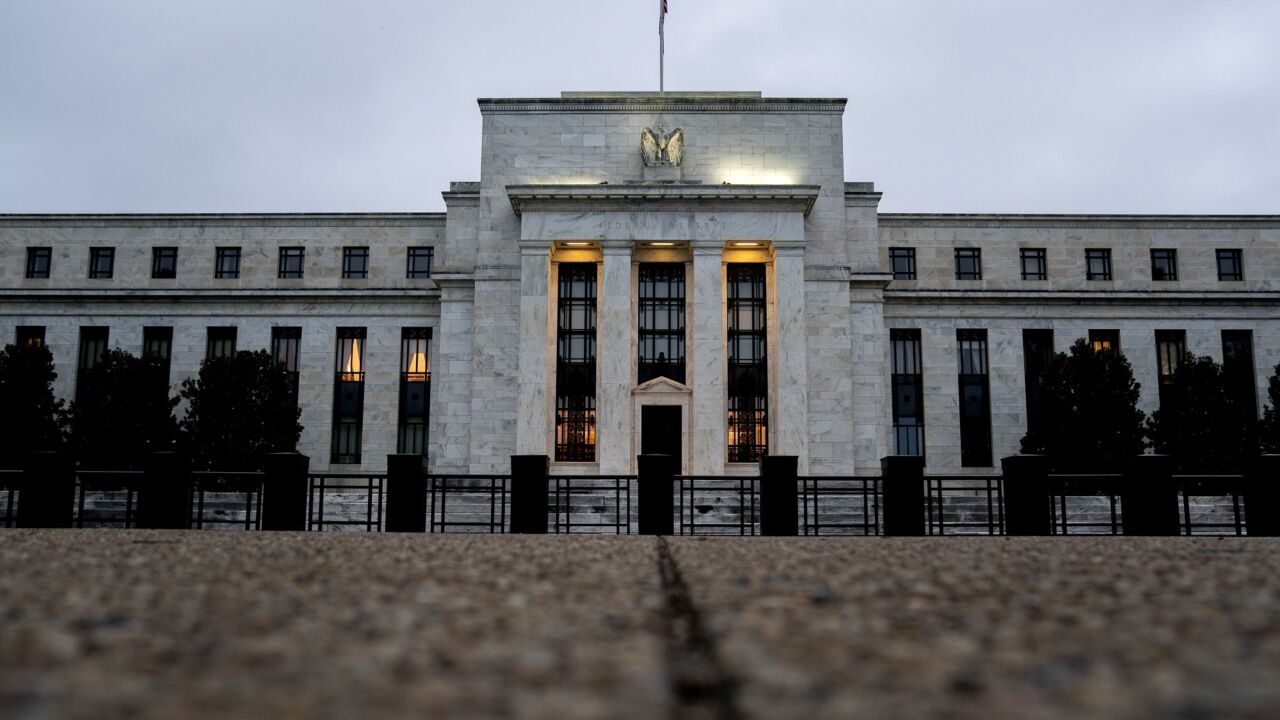
It makes sense that traditional compliance culture is backward-looking. Historically, understanding how risky situations have unfolded into crises has been the single best way to make sure a similar situation does not occur in the future. Yet, financial industry history finds ways of repeating itself in new asset classes and market segments. And today,
In financial services, precision and compliance are paramount. Every transaction, report and decision must meet rigorous standards to ensure regulatory adherence and mitigate risk. The advent of
Financial firms face tremendous pressure to modernize their compliance operations to keep up with evolving regulatory expectations without incurring a cost that presents an unbearable burden for the business. The only way to accomplish that is by delegating significant aspects of the work to advanced technology such as AI.
Are compliance professionals, accustomed to legacy systems and heavy manual oversight, ready for a mindset shift that requires trust in AI? Will they resist AI due to concerns about accuracy, transparency and regulatory acceptance? The challenge is not just technological but also cultural. How can compliance teams evolve to integrate AI seamlessly while maintaining confidence in their processes?
The compliance stakes have always been high: regulatory penalties, reputational damage and financial loss. The growing complexity of financial markets, coupled with an explosion of data, compounds these challenges. Today's compliance teams must oversee an ever-expanding array of digital transactions, communications and workflows, making manual oversight untenable. Additionally, the demand for transparency and real-time monitoring has never been higher.
Traditional compliance methods rely on deterministic risk assessment models that offer rule-based detection mechanisms and outcomes, which are no longer sufficient in an era where bad actors are always one step ahead. Furthermore, compliance teams must contend with an increasingly fragmented regulatory environment, where different jurisdictions impose unique and sometimes conflicting requirements. The volume of regulatory updates and reporting obligations and the need for real-time monitoring continues to grow, making compliance without relying on technology impossible.
Advanced technology offers the only feasible path forward. AI and automation can enhance transparency, improve risk management and help compliance teams process vast amounts of data efficiently. Unlike traditional methods, AI can analyze patterns and anomalies in real time, allowing firms to become more proactive in their risk management. However, AI is not a silver bullet. Its effectiveness depends on how well compliance teams integrate these tools into their workflows and adapt their mindset to trust and leverage technology.
AI adoption in compliance remains slow due to concerns about model explainability, regulatory acceptance and governance. Financial regulators demand transparency in how AI-driven decisions are made, which poses a challenge for black box AI models. To build trust in AI-driven compliance, firms must invest in explainable AI, or XAI, frameworks that provide clear and interpretable decision-making processes.
President Trump's deregulatory promises have drawn praise from bank leaders, but leave experts worried of the potential for slipshod enforcement going forward.
Regulators are constantly evolving their oversight approaches, requiring financial institutions to generate new reports, undergo additional testing and respond to shifting compliance expectations. An enormous amount of time is spent in back-and-forth conversations between the regulators and financial firms during routine and unexpected interactions, resulting in exhaustive, repetitive work to answer questions, run scenarios and produce documents. Meeting these demands is a costly toll on the business and is a task that is well suited for the capabilities of AI.
What if AI-powered regulators became part of the solution? Could regulators, themselves, harness AI to create more adaptive frameworks and get most of the answers and analyses from interfacing with AI-powered compliance teams at financial firms? While this prospect is intriguing, significant hurdles remain, including ethical concerns, bias in AI models and the need for iterative regulatory adjustments as technology outpaces existing legal frameworks. The balance between AI-driven efficiencies and regulatory scrutiny will continue to evolve.
AI-driven regulatory technology, or RegTech, is already making strides in areas such as automated reporting, regulatory intelligence and risk assessment. If regulators begin to adopt AI for enforcement and oversight, compliance teams may face AI-driven audits and real-time compliance assessments. However, such a shift raises questions about due process, accountability, and the potential for AI biases to influence regulatory decisions unfairly.
For AI regulators to become a reality, regulatory bodies must collaborate with financial institutions, technology providers and policymakers to establish AI governance standards. This includes defining acceptable risk thresholds, ensuring AI explainability and implementing human oversight mechanisms to prevent undue reliance on automated decisions. And while AI regulators are not imminent, it is worth thinking about the efficiencies their creation could bring.
The financial industry's regulatory landscape is in flux. Periods of deregulation can create business opportunities for financial firms, but assuming these changes are permanent is a risky bet. History shows that regulatory cycles ebb and flow, meaning compliance teams must remain agile and prepared for potential reregulation. Building adaptable compliance frameworks that can accommodate future shifts will be essential, and AI can once again be of great use here.
As governments and regulatory bodies assess the impact of AI and digital transformation on financial markets, new regulations governing AI-driven decision-making and data privacy will likely emerge. Firms must anticipate these changes and proactively design their compliance processes for intelligent flexibility.
For compliance teams, the road ahead requires a culture shift. Rather than viewing AI as a threat, teams must embrace it as a strategic enabler. This means fostering openness to technological integration, upskilling compliance professionals and shifting from a reactive, backward-looking approach to a proactive, forward-thinking mindset. AI and compliance are not in opposition; they are complementary forces that, when leveraged effectively, can enhance transparency, efficiency and regulatory adherence.






